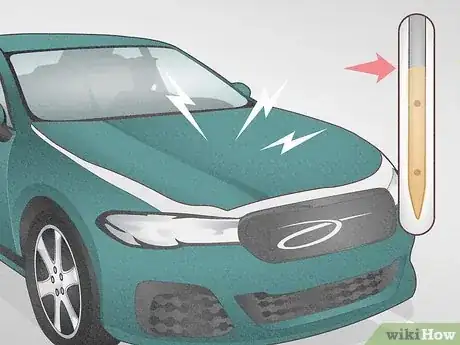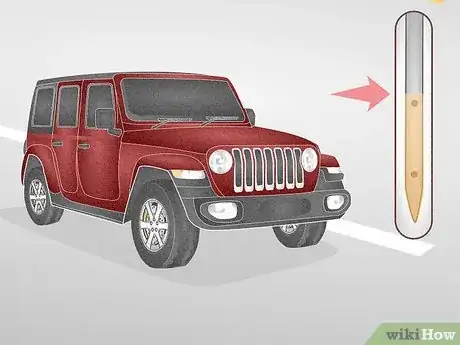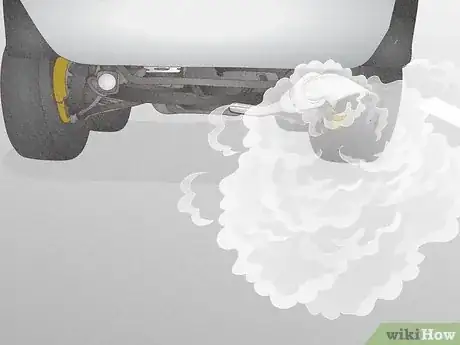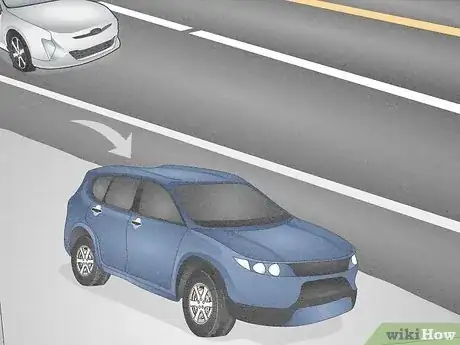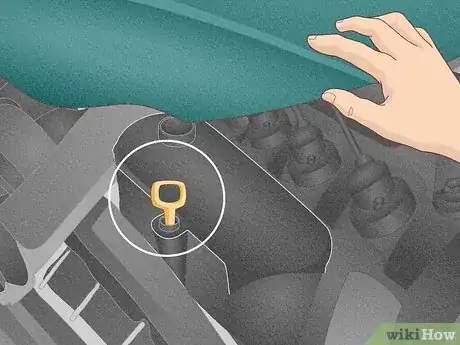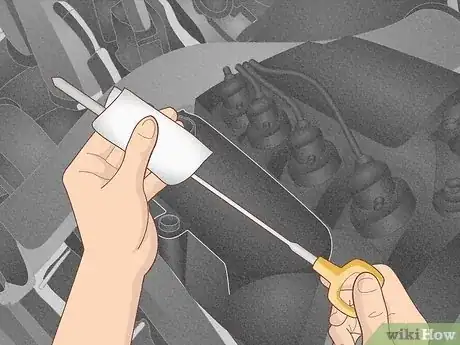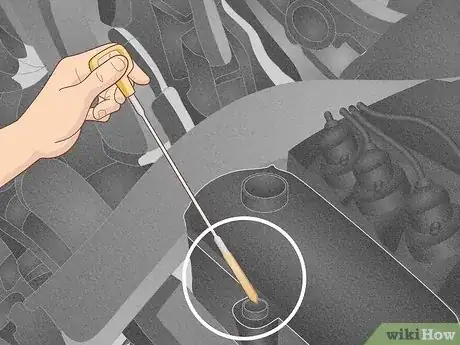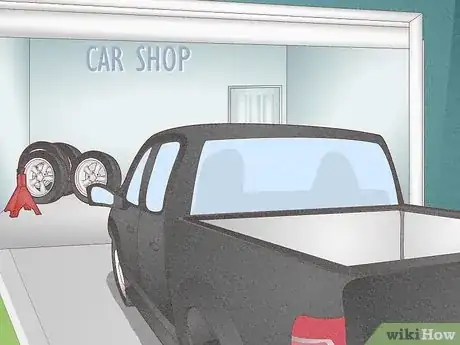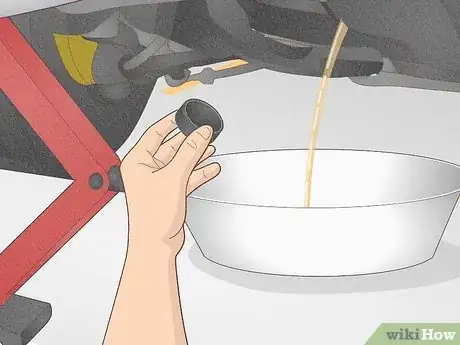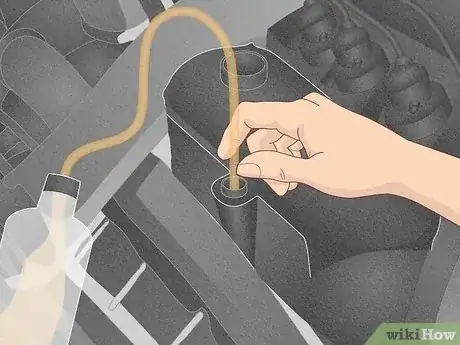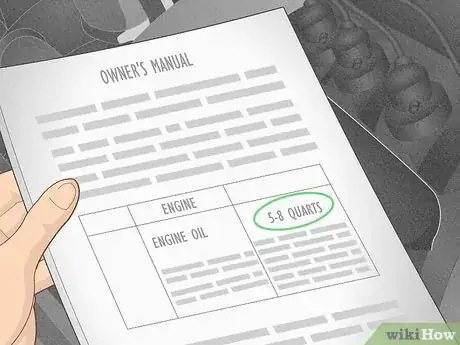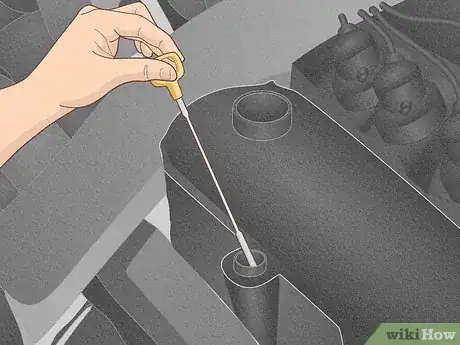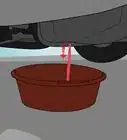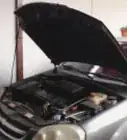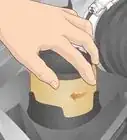This article was co-authored by Tom Eisenberg and by wikiHow staff writer, Amber Crain. Tom Eisenberg is the Owner and General Manager of West Coast Tires & Service in Los Angeles, California, a family-owned AAA-approved and certified auto shop. Tom has over 10 years of experience in the auto industry. Modern Tire Dealer Magazine voted his shop one of the Best 10 Operations in the Country.
This article has been viewed 20,008 times.
You probably know that low engine oil is problematic, but did you know adding too much oil can cause issues and potential damage, as well? If you're curious about what happens to a vehicle in this scenario, you've come to the right place! In this article, we'll explain how much oil is too much, how to check, and what symptoms to watch out for. We'll also go over exactly what to do if you find yourself in this situation and how to fix the problem. Read on for our complete guide!
Things You Should Know
- A quart or more of excess oil can cause engine damage. Common symptoms include a smoking tailpipe and high pressure on the oil gauge.
- Pull the car over if you notice symptoms and use the dipstick to check the oil level to see if it's high.
- Get a fresh oil change immediately to correct the problem if you don't have experience working on cars.
- If you have experience working on cars, use an oil extractor pump to remove excess oil or drain the oil out manually.
Steps
What happens if you overfill oil in a car?
-
1A quart or more of excess oil in a car can cause engine damage. Overfilling engine oil raises the level of oil in the pan, allowing the crankshaft to come into frequent contact with it. The crankshaft moves fast, essentially whipping your oil into a froth that can’t be properly distributed by the engine.[1] X Research source
- Running an engine that isn't properly lubricated gets overheated quickly and damage can happen soon after. You'll need to solve this immediately, but don't worry, it's a simple fix!
-
2Going a few millimeters over the fill line is nothing to worry about. Your car should run just fine if the oil is only slightly overfilled; you don’t need to be concerned about sustaining any engine problems or potential damage. You also don’t need to take any action to remedy this situation—your car is good to go![2] X Research source
What symptoms indicate too much oil in a car?
-
The first symptom is usually white smoke coming from the tail pipe. If you recently changed your car’s oil and notice dense white smoke in your rearview mirror, that smoke is coming from your tailpipe and it's caused by too much oil in your car’s combustion chamber.[3] X Research source Other symptoms include:
- The smell of burning oil
- Oil puddling underneath your vehicle
- High oil pressure on the pressure gauge
- Engine misfiring, stalling, or rough idling
- Screeching or grinding sounds
- Poor or weak acceleration
How to Check the Oil Level
-
1Pull over on a flat surface and turn off the engine. Park the car on level ground and wait 5-10 minutes for the engine to cool down. Since too much oil causes your engine to overheat, you could easily burn yourself if you immediately pop the engine and start troubleshooting.[4] X Trustworthy Source Consumer Reports Nonprofit organization dedicated to consumer advocacy and product testing Go to source
-
2Pop your car’s hood and locate the oil dipstick. The dipstick is usually located at the top front of the hood near the engine and/or oil filter. It will probably have a bright yellow pull handle or metal loop sticking up so you can find it easily. If you don’t see it, though, check your owner's manual for details.[5] X Research source
-
3Pull the dipstick out and wipe the excess oil on a paper towel or rag. After you wipe the long, straight part of the dipstick clean, take a closer look at it. The dipstick will have LOW and HIGH markings on it to help you measure the oil level accurately.[6] X Research source
- If you don't see HIGH and LOW on the dipstick, look for 2 pinholes, the letters L and H, the abbreviations MIN and MAX, or a crosshatched area.[7] X Trustworthy Source Consumer Reports Nonprofit organization dedicated to consumer advocacy and product testing Go to source
-
4Push the dipstick back in and pull it out to check the oil level. Look at both sides of the dipstick: if the top of the oil streak is between the 2 marks or within the crosshatched area, your oil level is fine. If the streak is above the HIGH or MAX line, your engine has too much oil in it. 1-2 millimeters above is okay, but anything more than that needs to be corrected (especially if you smell burning oil, see smoke, or notice that the engine functioning abnormally).[8] X Research source
- Most dipsticks don't have measurement markings on them, so it's hard to know exactly how much excess oil you have if you're above the MAX line. Some dipsticks have notches that may indicate measurements, but you'll need to check the owner's manual for specifics.
- If you're in a safe place to work on your car, you can fix the issue on the spot. Otherwise, find a safe spot nearby, drive back to your house if it's close, or have the car towed to your house or a mechanic.
How to Remove Excess Oil from a Car
-
1Drive or tow your car to a mechanic for a fresh oil change. If you know how to change your own oil and feel comfortable doing it, you can go ahead and do that at home. Keep in mind that your car probably needs to be looked at by a professional as soon as possible to confirm there's no engine damage, though![9] X Research source
-
2Jack up the car and drain excess oil manually if you're experienced. You'll need to know your way around a car and have the proper tools on hand for this. Park on a flat surface and engage the parking break. Lift your vehicle with the jack and check that the jack supports are stable (if the car wobbles, the jack is unstable). Then, slide under the car and place an oil pan under the oil sump. Loosen the sump with a socket and let some of the oil drain out into the pan. Plug the sump back up and use the dipstick to check the oil level.[10] X Research source
- If the dipstick shows that your oil is still overfilled, repeat the process.
-
3Remove the excess oil with an oil extractor pump if you have one. Remove the dipstick and plug the pump into a power source. Then, dip the extraction tube into the dipstick hole and put the oil pan underneath. Turn on the pump to extract the oil, keeping an eye on how much oil is being removed. Stop and check the oil level periodically with the dipstick until you're within the correct range.[11] X Research source
- If you don't have any specialized tools or experience doing this, we don't recommend trying it.
How do I prevent overfilling oil in the future?
-
1Check the owner's manual to see how many quarts of oil your car needs. If you do your own oil changes at home, make sure you're familiar with your vehicle's engine size and specific oil needs. Follow the guidelines and pay close attention as you're pouring in fresh oil so you know how much you've added. When you're done, use the dipstick to confirm the level is in the right range.
- Most engines require 5-8 quarts of oil, but the exact amount depends on your engine size. The smaller the engine, the less oil is needed.
-
2Use the dipstick to check the oil level after a professional oil change. Even pros make mistakes sometimes, so go ahead and double-check that the oil level is in the right range after an oil change. It's also a good idea to check your oil level every few hundred miles or so to stay on top of any changes.[12] X Research source
You Might Also Like
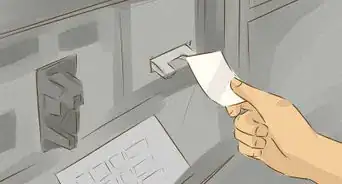
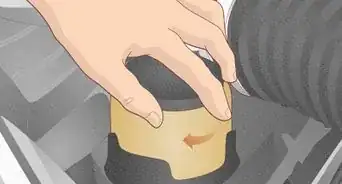
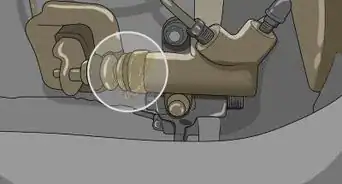
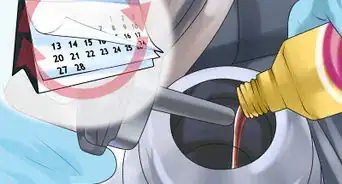
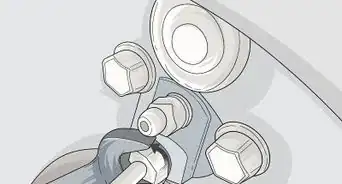
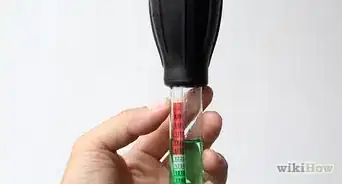
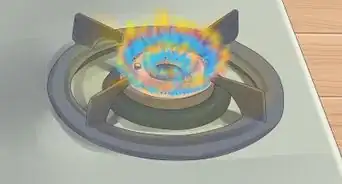
References
- ↑ https://knowhow.napaonline.com/overfilling-engine-oil-theres-much-good-thing/
- ↑ https://thenewswheel.com/what-happens-if-you-overfill-engine-oil/
- ↑ https://rxmechanic.com/overfill-engine-oil-symptoms/
- ↑ https://www.consumerreports.org/car-repair-maintenance/how-to-check-car-engine-oil-a7618306432/
- ↑ https://www.machinerylubrication.com/Read/541/dipstick-oil-analysis
- ↑ https://thenewswheel.com/what-happens-if-you-overfill-engine-oil/
- ↑ https://www.consumerreports.org/car-repair-maintenance/how-to-check-car-engine-oil-a7618306432/
- ↑ https://thenewswheel.com/what-happens-if-you-overfill-engine-oil/
- ↑ https://thenewswheel.com/what-happens-if-you-overfill-engine-oil/
About This Article

